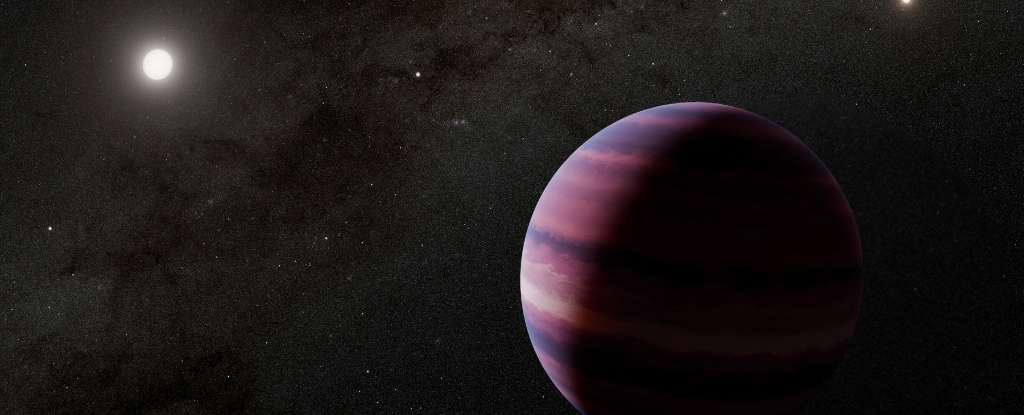
Astronomers have identified a potential exoplanet orbiting Alpha Centauri A, the closest solar twin to our Sun, which may reside within the star’s habitable zone. Utilizing the James Webb Space Telescope (JWST), researchers have detected a giant exoplanet that could support conditions suitable for liquid water, marking a significant advancement in the study of planets beyond our Solar System.
The Alpha Centauri system, located just 4 light-years away from Earth, consists of three stars: the binary pair Alpha Centauri A and Alpha Centauri B, along with the red dwarf star Proxima Centauri. Although three exoplanets have been confirmed around Proxima Centauri, including one within its habitable zone, the environment around red dwarf stars can be more volatile, making conditions for life uncertain. In contrast, the discovery of a potential planet around Alpha Centauri A presents a more promising scenario.
Astrophysicist Aniket Sanghi from the California Institute of Technology remarked, “If confirmed, the potential planet seen in the Webb image of Alpha Centauri A would mark a new milestone for exoplanet imaging efforts.” This discovery would represent the closest directly imaged exoplanet to a star known to date, and its characteristics are similar to those of the giant planets in our Solar System.
Previous attempts to locate exoplanets around Alpha Centauri have faced challenges due to the brightness and proximity of these stars, which hinder observations. Charles Beichman, director of the NASA Exoplanet Science Institute, noted the importance of studying this system, stating, “With this system being so close to us, any exoplanets found would offer our best opportunity to collect data on planetary systems other than our own.”
In 2021, a team led by Kevin Wagner from the University of Arizona initially reported a tentative detection of an exoplanet in the habitable zone of Alpha Centauri A through direct imaging. Most exoplanets are typically discovered using indirect methods, such as observing dips in starlight caused by orbiting bodies. Researchers, including Sanghi and Beichman, aimed to gather further evidence using the JWST, conducting their initial observations in August 2024.
The team employed a coronagraph to block light from Alpha Centauri A, which aided in their observations. Their findings indicated a faint point source at approximately twice the distance of Earth from the Sun. However, follow-up observations in February and April 2025 did not detect the object, leading to speculation about its existence.
Sanghi explained, “We are faced with the case of a disappearing planet!” To investigate, the researchers simulated millions of potential orbits based on the initial sighting and subsequent absence of the planet. These simulations suggested that the exoplanet could be located too close to Alpha Centauri A to be detected, potentially supporting the hypothesis of its existence.
The researchers estimated that this potential exoplanet, provisionally named Alpha Centauri Ab, would have a radius between 1 and 1.1 Jupiters and a mass ranging from 90 to 150 Earths. While these characteristics indicate it would likely be a gas giant, which raises questions about its habitability, researchers note that gas giants in our Solar System often have moons that might possess conditions suitable for life.
More studies are needed to confirm the existence of Alpha Centauri Ab and to understand how such a planet could form in the complex gravitational environment of the Alpha Centauri system. Sanghi added, “Its very existence in a system of two closely separated stars would challenge our understanding of how planets form, survive, and evolve in chaotic environments.”
The findings are detailed in two papers published in The Astrophysical Journal Letters. As research continues, the scientific community remains optimistic about the implications this discovery could have on our understanding of planetary systems and the potential for life beyond Earth.







